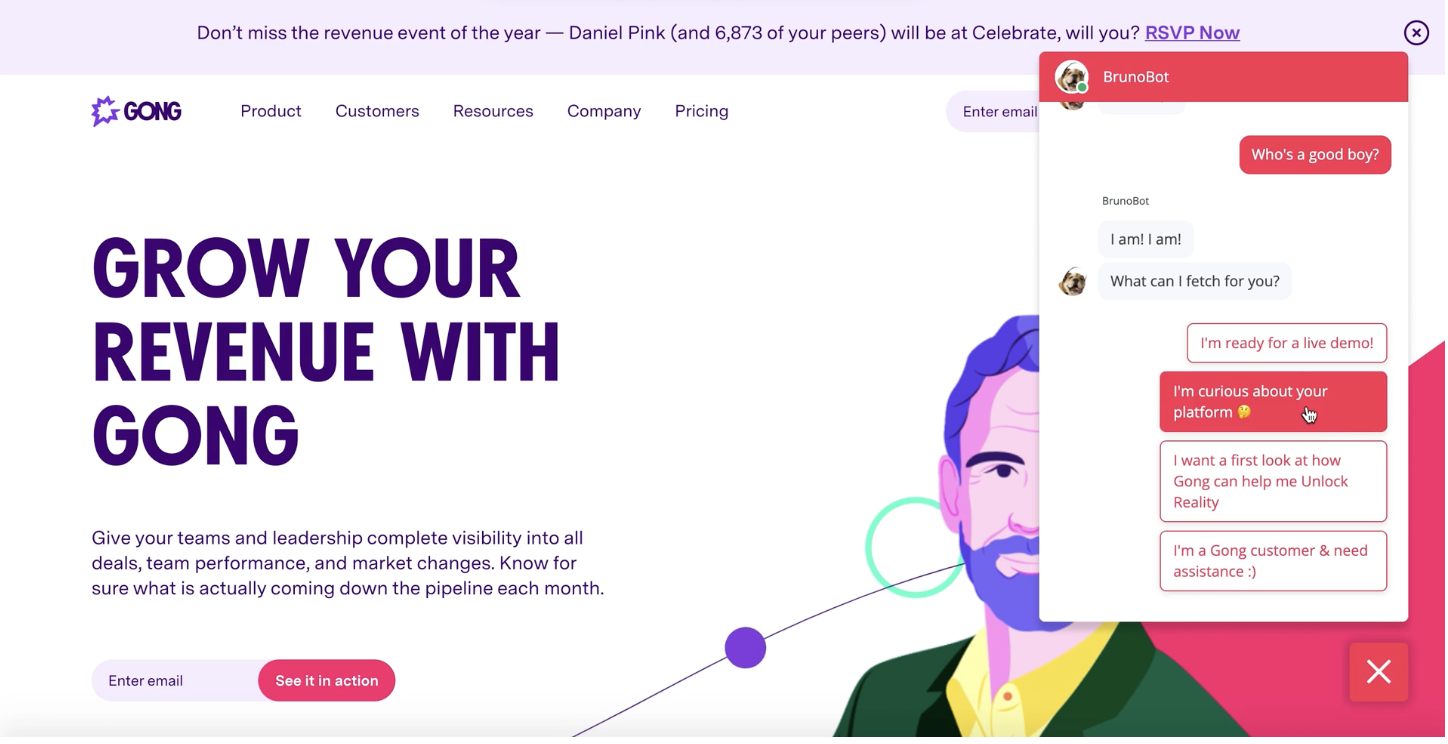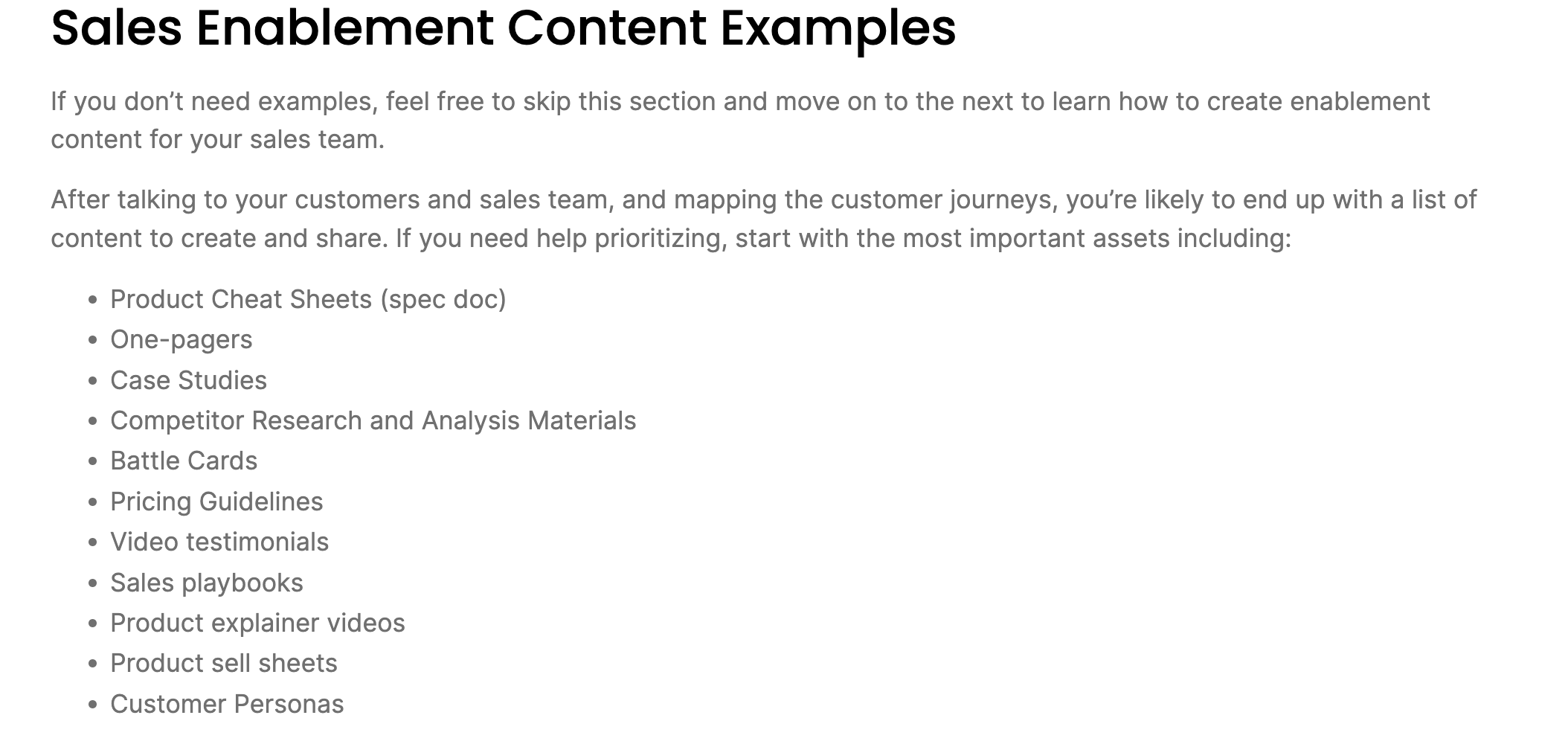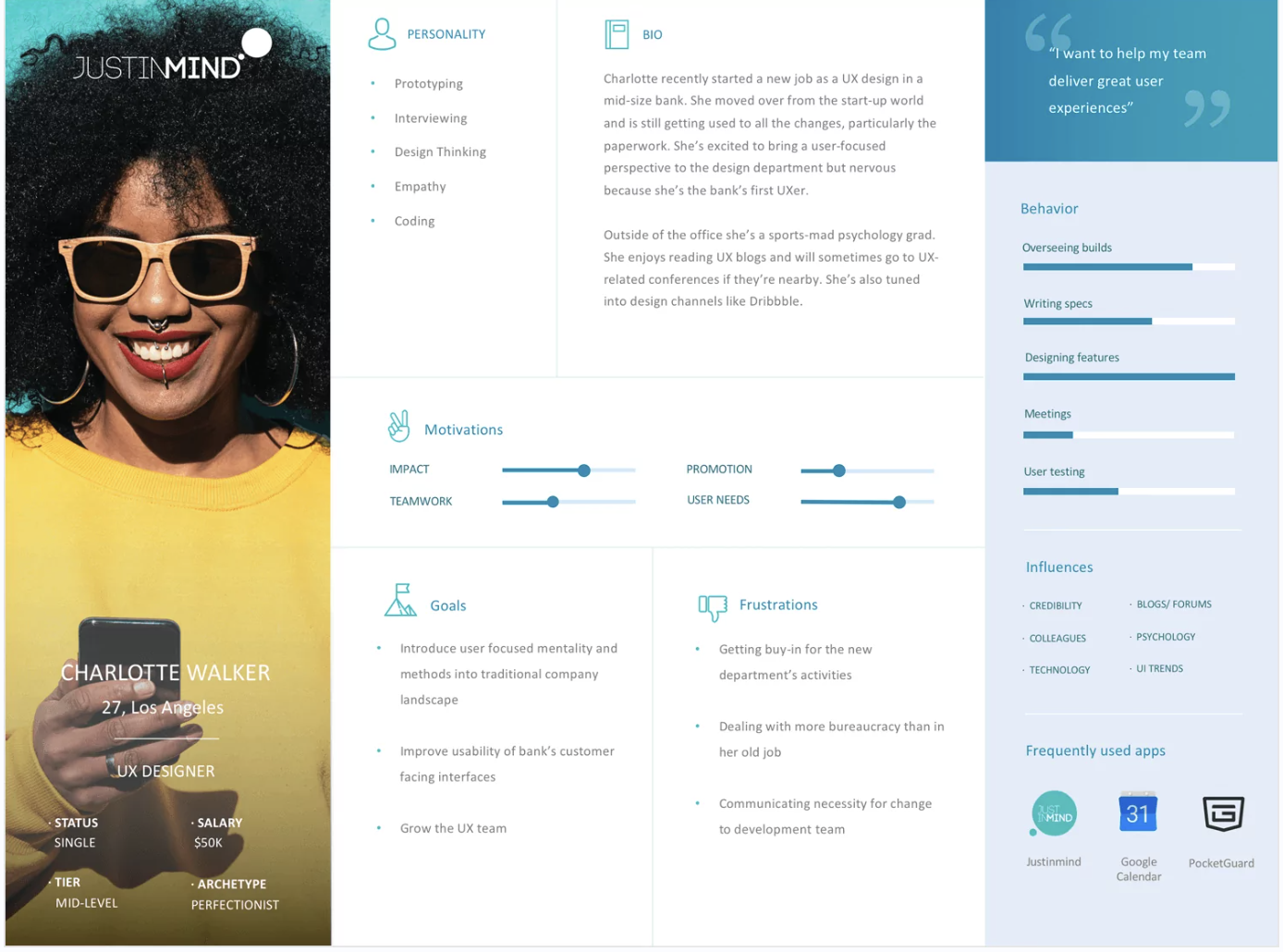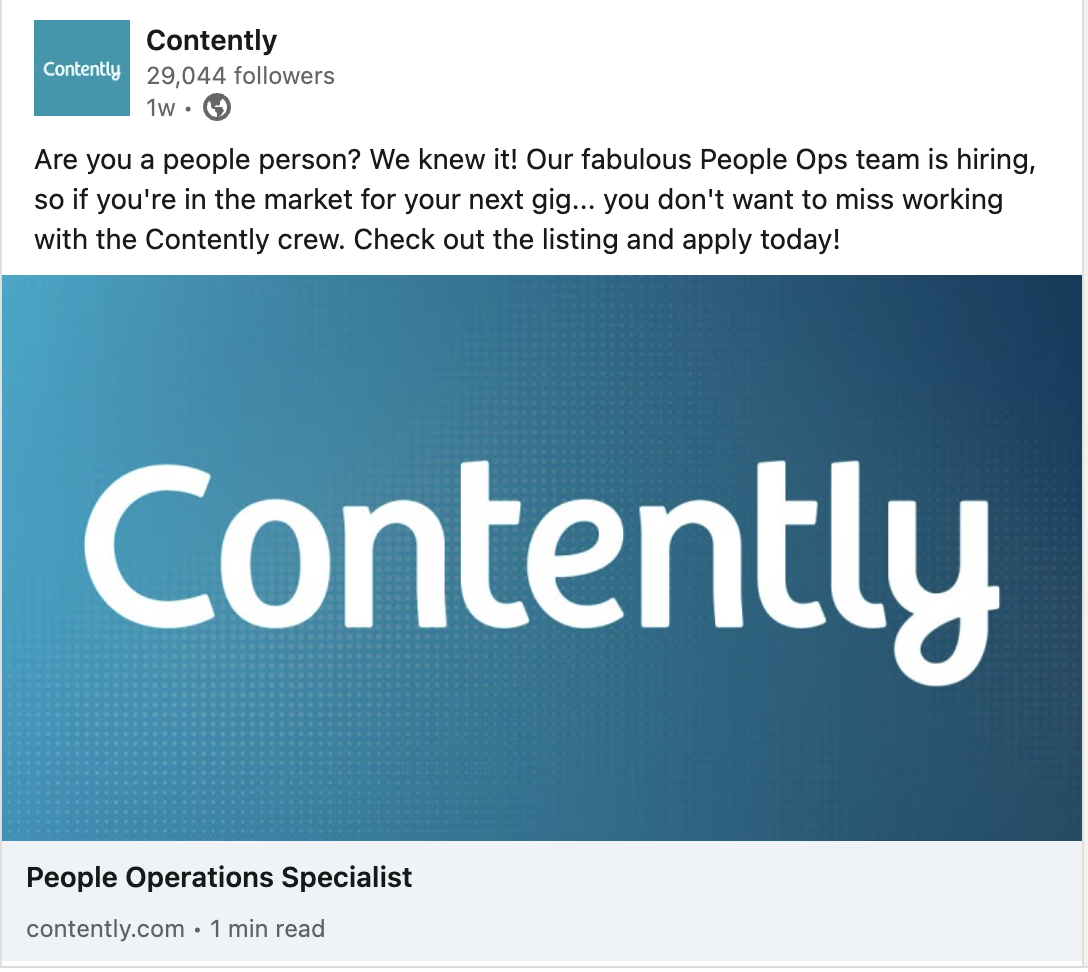Content Marketing
Content Already Fuels Everything. Now Act Like It.
Every part of your business that communicates with the outside world—whether it’s sales, customer service, or human resources—needs content. The best brands have a clear and consistent voice and point of view that comes through in their internal and external channels.
To achieve that consistent voice, content teams need to play an active role in delivering value to internal stakeholders. Some larger organizations will have a content resource embedded in non-marketing functions that use content. However, not all will (nor are embedded content experts common in smaller organizations or those with limited or immature marketing capabilities).
Bottom line: content marketing should take the lead to set goals, define the organization’s core messaging, and establish standards for all content, regardless of who uses it. In organizations that have a content center of excellence, content may also write, edit, and produce everything, regardless of its origin. Whether the content team owns everything content or just influences it, every organization needs a messaging and positioning strategy based on research and engagement with product and product marketing teams.
Assuming that is in place, how can content help to support different departments within a typical business organization? While it differs based on industry, company size, and business goals, here we highlight six common ways content marketing teams can engage cross-functionally to drive value for their company.
Content Marketing & Sales
One of the clearest points of synergy exists between content marketing and sales enablement.
If sales teams are the revenue engines for a company, content is the fuel.
This is always true, but it’s particularly true in B2B marketing because so much of the corporate buyer’s journey is self-directed and independent. By the time a salesperson in today’s B2B market has their first conversation with a prospect, that customer is well into their learning journey (and will consume 13 pieces of content before they’re done). Providing content that educates potential customers about the benefits of the company’s products or services helps the sales team close more deals.
For example, blog posts, eBooks, webinars, and case studies can explain the features and benefits of a company’s product and provide user insights into its benefits. All of these content formats build the customer’s knowledge about you. This frees the sales team to focus their (limited) interactions on understanding the customer’s pain point and articulating how their product can solve it.
Content Marketing & Product
Content teams often collaborate with product teams on several key deliverables. Whether it’s persona research, feature releases, internal/external presentations, or a new product launch, the two teams are tied to each other.
Take product launches as an example. When a company introduces a new product or service, there is a “marketing moment” during which content marketing can help build excitement and anticipation and then capitalize on it to drive demand.
Content can help drive “buzz” with social media campaigns, blog posts, earned bylines (sometimes written by content and placed by the communications team), third-party posts, and email marketing campaigns that showcase the new product.
The material that feeds those content assets must come from working closely with the product team. For example, by understanding the personas for the product and leveraging the feature-benefit analysis that many product teams do as part of their go-to-market planning, content marketers can craft dedicated content pieces around different topics, like:
- The problem the product solves
- Misunderstood aspects of a product or market
- Facts that many people get wrong about that space
- Other enticing hooks that draw people in to learn more
Alignment and collaboration with the product team ensures these viewpoints into the product are accurate and consistent with the go-to-market messaging strategy.
Content Marketing & Demand Generation
Content is essential for demand generation, a catch-all term for the process of generating interest in a company’s products or services to drive leads and sales. Content marketing helps with demand generation by attracting potential customers to the company’s website or social media channels using informative and engaging content.
 Blog posts, eBooks, webinars, email nurtures, chatbots on the company’s website, and social media campaigns all play a role in demand generation. Demand generation partners can help content marketers understand which types of assets attract visitors and motivate them to convert into leads. Content marketers, for our part, can act as the “content experts” advising demand gen on the editorial and design features that will optimize their content.
Blog posts, eBooks, webinars, email nurtures, chatbots on the company’s website, and social media campaigns all play a role in demand generation. Demand generation partners can help content marketers understand which types of assets attract visitors and motivate them to convert into leads. Content marketers, for our part, can act as the “content experts” advising demand gen on the editorial and design features that will optimize their content.
Content Marketing & Customer Service
Once a customer has made a purchase, it’s important to keep them engaged and satisfied with the product or service. After all, word of mouth from a satisfied customer is the best form of promotion. This is especially true in a world of user-generated content.
Customers today expect a high level of support and assistance. Content can help by enabling self-service learning through FAQs, tutorials, and how-to guides. With the right information and pointers, content helps customers find the answers they need and resolve issues more quickly.
Most content programs leverage blog posts, webinars, or email campaigns that offer tips and tricks for using the product or service or highlight new features or updates. More advanced programs have “customer advisory boards,” an elite customer group that comes together periodically to share their views about the product, highlight use cases, and surface areas where the company can improve. With the right permissions in place, content can leverage some of the material discussed in these meetings to use in learning assets for other customers.

Content of all kinds can help customers (that want to) independently answer questions and solve problems. Having it not only improves the customer experience. It can also reduce the workload of overtaxed call center teams.
Content Marketing & Public Relations
Whether the company wants to announce a new product, initiative, or leadership change, content marketing can support corporate communications efforts by re-crafting media messages in different forms for different audiences, including employees, customers, and stakeholders.
Internal newsletters, all-company emails, or social media campaigns that communicate important information in a clear and concise manner all fall in content’s wheelhouse. By working closely with the corporate communications team, content marketers can ensure important information is effectively and accurately disseminated to the appropriate audiences.
Content Marketing & Human Resources / People Operations
The HR department plays a crucial role in attracting and retaining top talent for the company. Content marketing can support HR efforts with content that showcases the company’s culture, values, and employee perks. Blog posts, social media campaigns, and employee testimonials all offer benefits for highlighting the positive aspects of working for the company and helping attract top talent to improve employee retention.
Amp the Value of Content Across the Organization Through Collaboration
High-quality content boosts the impact of teams across a company, including some that don’t have a natural alignment with marketing (i.e., HR and customer service). Working closely with these teams and understanding their goals and objectives can enable content marketers to create content that drives value for the entire organization.
Marketing-driven growth isn’t just about generating leads (as important as that is). It’s about keeping customers and growing relationships by enhancing the customer experience and attracting and keeping the talent needed to deliver value. By working closely with different teams and understanding their goals and objectives, content marketers can create valuable content that supports the company’s overall strategy and helps drive growth.
Learn more about how you can increase your value across the organization. Subscribe to The Content Strategist and join the Contently community.
Image by Nuthawut SomsukGet better at your job right now.
Read our monthly newsletter to master content marketing. It’s made for marketers, creators, and everyone in between.







